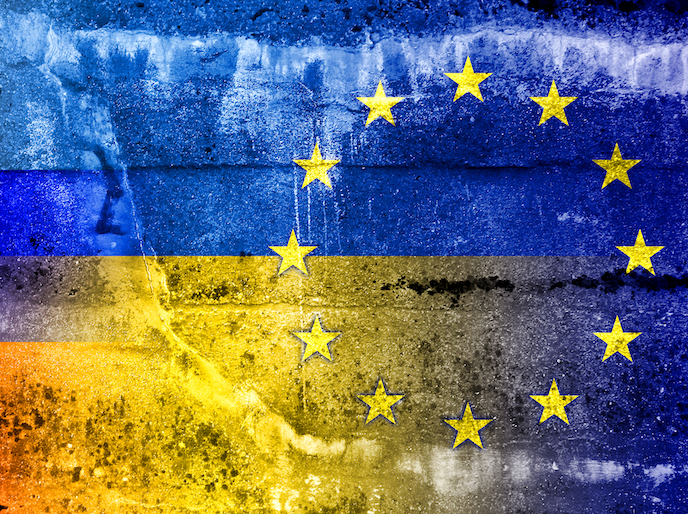Are media platforms making or breaking European identity?
In 2021, ‘The Economist’ declared that new streaming media was creating a common European culture(opens in new window). “Moments when Europeans sit down and watch the same thing at roughly the same time used to be rare,” it said. “Now they are more common, thanks to the growth of streaming platforms such as Netflix.” That’s a bold statement, and one that is questioned by Andrea Miconi(opens in new window), a professor of Media Sociology at IULM University in Milan(opens in new window), Italy. “While media platforms can play a role in enhancing a European identity, the European dimension is rarely portrayed in such media,” he says. Rather than growing a sense of shared European culture, the opposite may be true. With most major web platforms being owned by American companies, much of the content being produced is imported from the United States, or from other major market countries. With the support of the EU-funded EUMEPLAT(opens in new window) project, Miconi is analysing the role media platforms play in fostering or dismantling European identity. “With a focus on the ‘platformisation’ process and its positive and negative externalities, the main research question is whether or not new platforms such as Netflix, YouTube and NewsFeed are making European culture more or less European,” adds Miconi.
Stream and study
Answering this question requires some substantial binging. Aiming to complete work in February 2024, the EUMEPLAT team is studying indicators related to production, consumption and representation, while also looking for patterns on a national, regional and European level. Specifically, researchers are investigating different fields, including national and EU media regulation, the transformation of TV systems, the state of theatrical movie distribution, the most watched programmes on streaming platforms and the most followed profiles on social media. They are also monitoring the ongoing political debates happening on social media. Although still a work in progress, the answer to one question about how these media platforms impact European identity is already starting to emerge. “We have strong indications that the platformisation – and internationalisation – of today’s media is clearly not working in favour of Europeanisation,” explains Miconi.
Alternative paths
If modern media isn’t helping Europe become ‘more European’, then what is it doing? “This is the real question to be addressed, which requires both an advanced scientific understanding and a theoretical leap forward,” says Miconi. Miconi says that quantitative evidence suggests that the European dimension is the less relevant, when compared to both the national pattern of news and media daily usage, and the global one, which is hegemonised by the American platforms. “However, attention must be given to the exceptions to that rule, to the best practices, and even to the weak signals, which may provide a hint of alternative paths to Europeanisation,” he concludes. Once the research is complete, the project plans to publish its results and recommendations via scientific publications and open data sources. The team is also looking to hold activities targeting students, along with creating applications, both of which will be used to help disseminate the project’s work and increase its impact.







